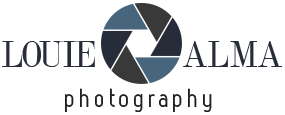250,000 UK & Ireland Visitors in 2025 is the New Target, says Minister of Tourism
Minister of Tourism, Hon Edmund Bartlett, CD, MP, has set a new target to welcome 250,000 visitors out of the United Kingdom (UK) and Ireland by 2025. This follows on the heels of Jamaica being the number one Caribbean destination among British travellers last year.





